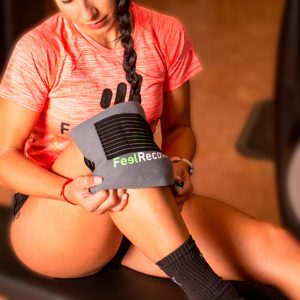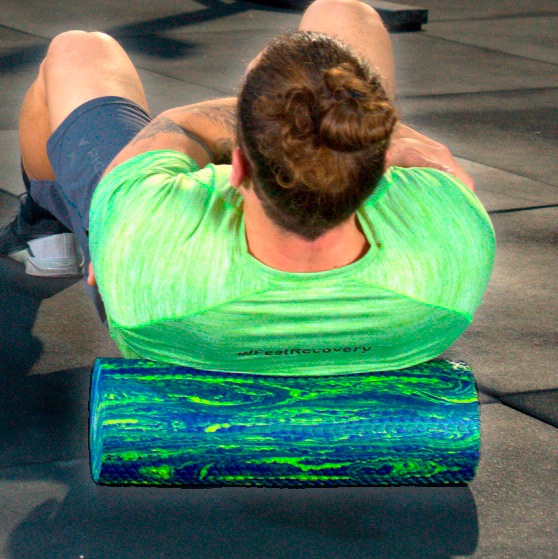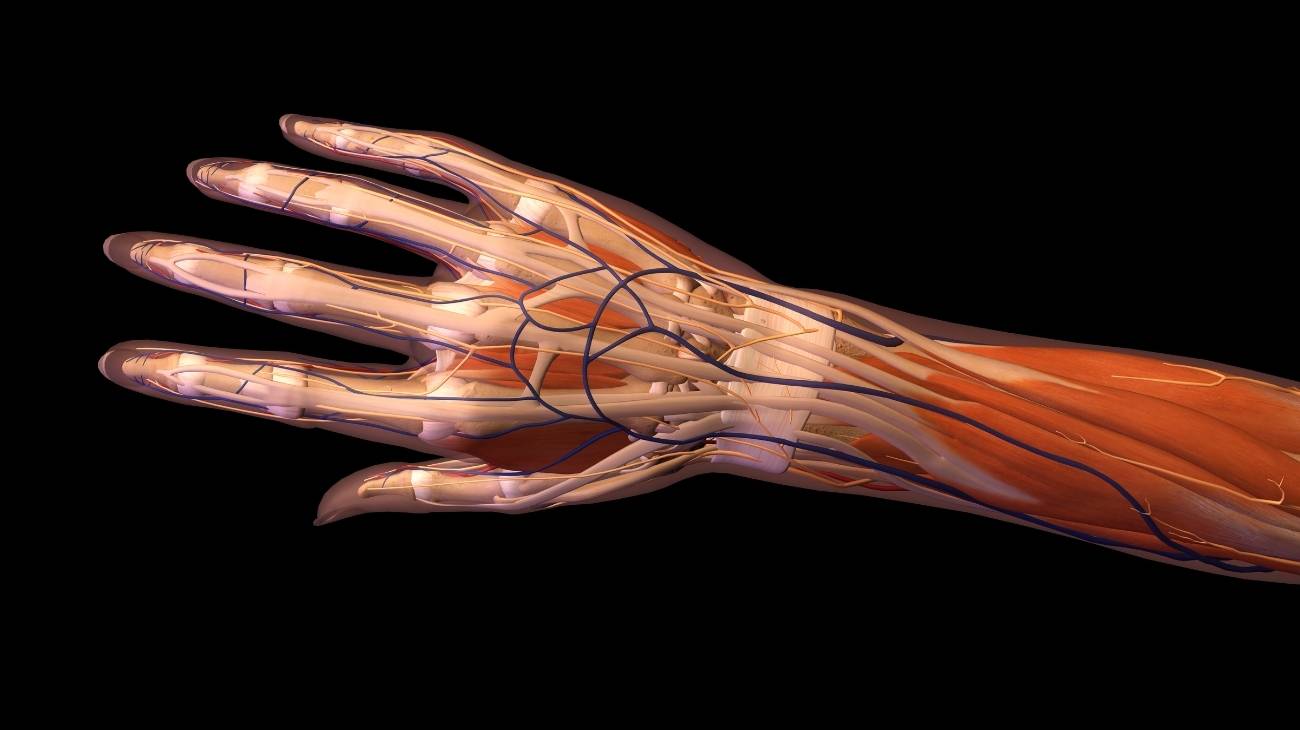Leg Anatomy
The lower limbs are made up of a set of 4 bones and a variety of muscles and ligaments that allow biomechanical movements without great effort. The legs are responsible for supporting the entire body weight and articulating the hip, knee and feet. As a result, leg injuries are frequent due to the work they do.
Featured Categories




















